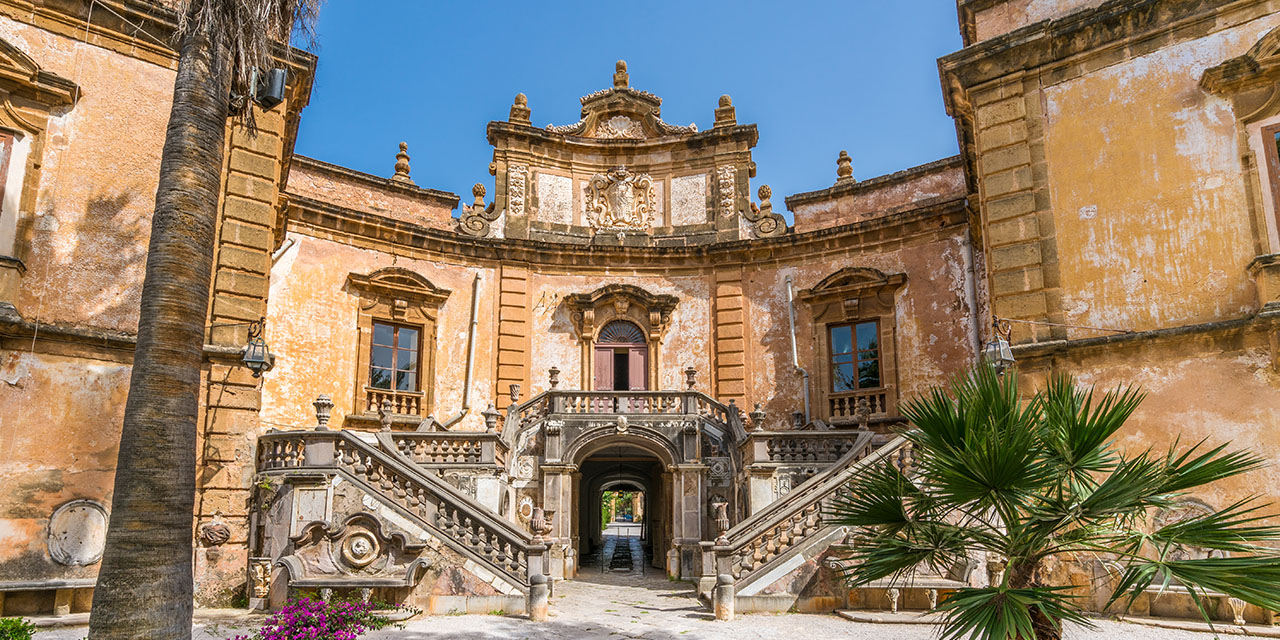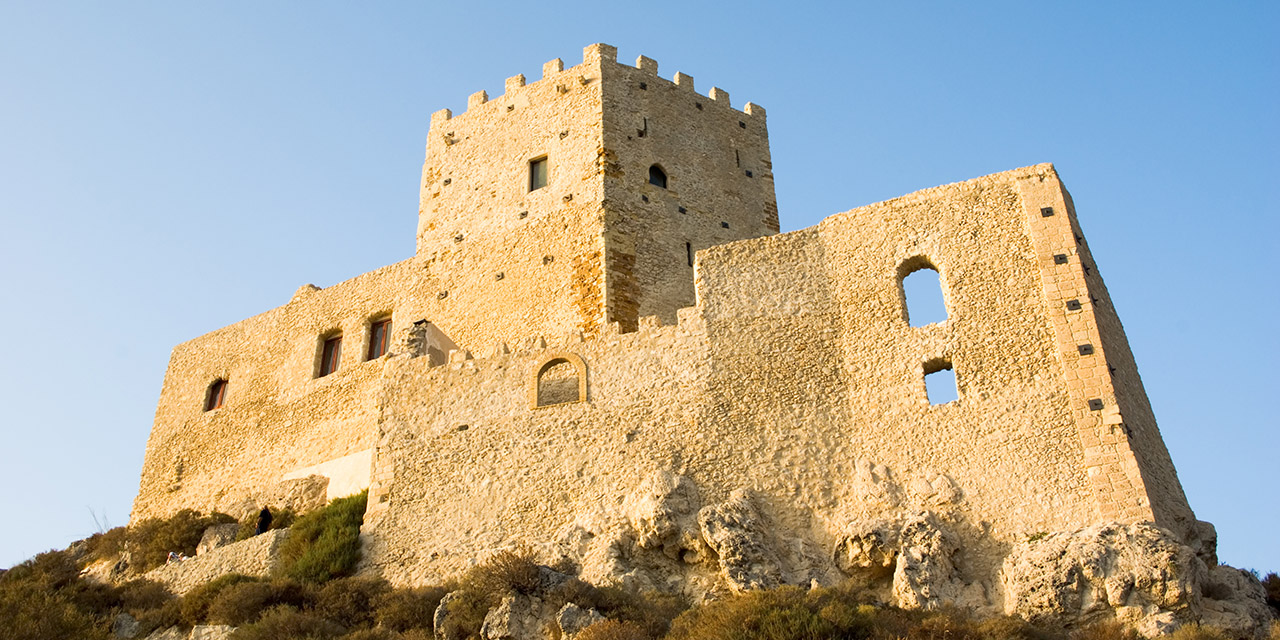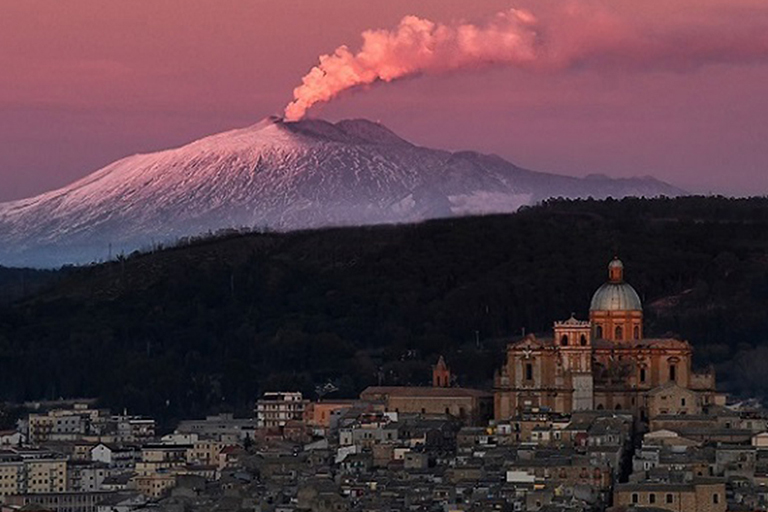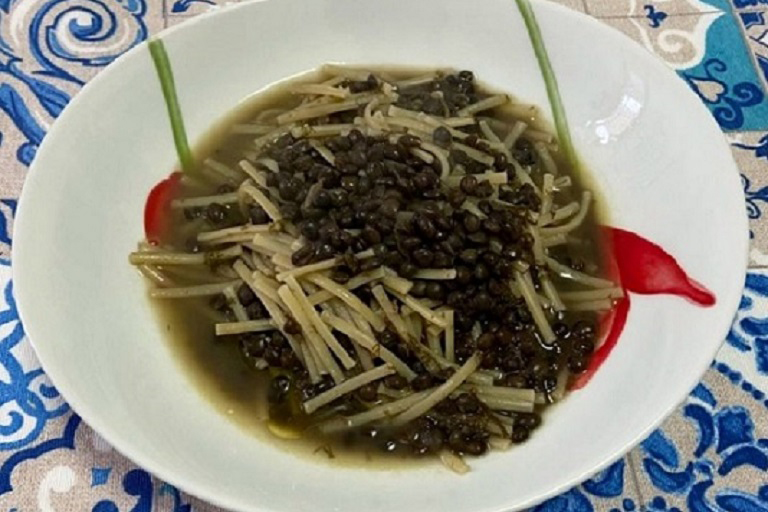profile
map
technical info
The route
The stage has a very wavy profile. There are no major climbs, but a steady succession of longer and shorter ascents and descents, and just two urban areas along the route. The stage passes through Canicattì, on narrow roads at points, and then takes an uncomplicated pass through Caltagirone. The intermediate sprint will be contended here, at the top of a short ascent. The stage finale runs on a slight incline all the way to Piazza Armerina.
Final kilometres
In the last 3 km, the route ascends at an average 5% gradient to reach Piazza Armerina, and levels out in the final 1,500 m, with just two undulations that lead to the closing 200 metres on flat roads. The home straight is wide, on tarmac.
start / finish
final kilometres
itinerary timetable
tourist info
Host city:
Realmonte
Overview
Realmonte is a small town in the province of Agrigento, not far from the coast. Its name in mediaeval Latin was “Mons Regalis”, which translates as “the king’s mountain”. The first village was founded at the behest of the noble feudal lord Don Domenico Monreale, a few kilometres from the sea (for safety reasons) in the 17th century.
Between the 18th and 19th centuries, the noble family of the Alimena, Dukes of Castrofilippo, exercised their jurisdiction over the village, while also taking care of its economic and artistic development.
Ph. Credits Paolo Barone
Gastronomy
Most often, traditional recipes are simple dishes based on locally sourced vegetables, grown on the hillsides and in the lowlands. At times, they are reinvented by popular chefs to appear in fine dining settings. If you’re in town, these are the dishes to look out for: Cuddriruna, Nmugliulati, Coddra chi sardi, Minestri e Pasta di Muntirriali, Cacateddri, Brioscia ca granita di limuna, Gelatu a pezzu. Raffadali, the home of a famous pistachio variety, is less than 30 minutes’ drive away.
(source: livingagrigento.it/ – Free Municipal Consortium of Agrigento)
Ph. Credits Paolo Barone
Points of interest
The town has beautiful sandy beaches, such as Lido Rossello and Punta Grande. These small and sheltered sandy coves lie at the foot of tall and steep chalky cliffs which rise sheer above the sea. They are separated from each other by promontories shaped by the wind and by the sea, which are made up of the same yellow sandstone that was used to build the Doric temples of Agrigento. The shore is washed by clear turquoise waters, which are the perfect destination for diving enthusiasts.
The territory also has a rocky coastline, which includes the world-famous Scala dei Turchi. This sweeping staircase is a white marl cliff, made of soft clay and limestone.
Over time, nature has masterfully carved the rock, using the waves and the briny wind as a chisel to round off the corners and sculpt natural steps. The sea contrasts beautifully with the bright white stone, hence looking even bluer. The name Scala dei Turchi (which translates as the ‘Turkish staircase’) seems to come from the marauding Arabs and Turks that found shelter in this bay in ancient times.
The territory also holds a rich and charming historical and archaeological heritage. Major landmarks include the Torre di Monterosso (formerly a watchtower to identify the threatening Saracen ships) and the archaeological site around the Roman villa of Durrueli.
Built at the foot of the Capo Rossello bay in the late 1980s, on the model of the theatre of Segesta, the Teatro Costabianca has a Greek cavea, with a large stage and a dazzling acoustics that mimics the sound strength and quality that Greek theatres were admired for. In the summertime, it hosts acting and music shows, as well as miscellaneous entertainment events.
Not far from the urban area, there is a stunning Cattedrale di Sale (salt cathedral) less than 100 metres underground, and 30 metres below sea level, inside the ancient rock salt mine (currently one of the leading salt mines in Sicily, with deposits aged over 6 million years). The church, carved by the miners entirely out of the salt rocks, and with beautiful bas-relief wall figures, can seat up to 800 people. A holy Mass for Santa Barbara, the patron saint of miners, is held here every year on 4 December.
Ph. Credits Paolo Barone
Piazza Armerina
Touristic information
Nestled in the lush and verdant woods, in the province of Enna, Piazza Armerina is world-renowned for its historical and archaeological heritage.
Ph. Credits Giuseppe Di Vita
Gastronomy
Local cuisine offers a wealth of must-taste specialties, with ‘protected geographical indication’ and ‘protected designation of origin’ status. These include Piacentinu Ennese (cheese), Provola (cheese) and Supprissata di Nicosia (cured meat), Vastedda cu’ Sammucu di Troina (stuffed focaccia), Mostarda di Ficodindia di Gagliano (prickly pear mostarda), Cassatelle di Agira (stuffed shortbread cookies), Tortone di Sperlinga (sweet fried bread), Buccellati Ennesi (stuffed shortbread cookies), black lentils, peaches (the traditional Pesca settembrina di Leonforte), saffron, Mandorle Vinciatutti (local almond variety), the ‘Colline Ennesi’ olive oil, and the traditional Pagnotta del Dittaino (bread loaf).
Ph. Credits P. Fundrisi & Paolo Barone
Points of interest
Talent, creativity and skills are also reflected in religious buildings. The Gran Priorato di Sant’Andrea is the oldest church in Piazza Armerina, and one of the masterpieces of mediaeval Sicilian architecture, while the stunning canvases and frescoes painted by Borremans in the church of San Giovanni, which were recently restored to their original splendour, are exquisite examples of painting at its finest.
Walking up and down the maze of narrow alleys of the historic centre, you’ll discover valuable Renaissance and Baroque architectures.
In the central Piazza Duomo, the oldest part of the town, the Cathedral stands out with its impressive dome, alongside the majestic Palazzo Trigona. The Pinacoteca Comunale (civic art gallery) and other museums are just a short distance away. If you opt to stroll through the old town while enjoying the specialties of local cuisine and confectionery, you will certainly not be disappointed.
Every year on 12‑14 August, the town hosts the popular Palio dei Normanni [http://paliodeinormanni.it/], a historical re-enactment that recalls the entrance of the Norman army into the ancient Plutia, to free the Christian population from the Saracen domination. The event takes place over three days, involving over 600 re-enactors in medieval clothes, including dames and knights, notables, and Norman soldiers led by Roger II of Sicily, parading through the streets. The event culminates in the Quintana, the exciting jousting tournament between the four city quarters competing to win the Palio.
Walking through the countless rooms and the long corridors of the Villa Romana del Casale really feels like stepping back to ancient Rome. The villa, inscribed as UNESCO World Heritage, is a majestic work of art, both by size and status. It is home to some of the best preserved and extensive examples of Roman mosaics spread over 3,500 square metres, depicting life in the late 3rd century AD.
Ph. Credits Giuseppe Di Vita & Paolo Barone






















































